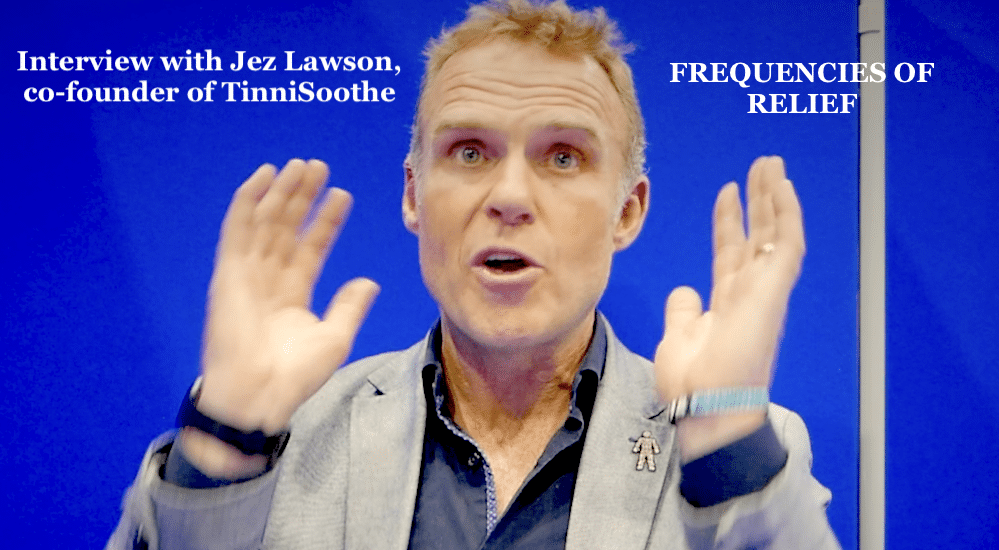Important US study sheds light on over-the-counter delivery model
OTC
As most know, accessibility and affordability of hearing aids is a hot button issue of national importance.

On March 3, for example, the Journal of the American Medical Association Internal Medicine posted a summary of the issue surrounding over-the-counter hearing aids on their website. Authored by Senators Chuck Grassley (Republican-Iowa) and Elizabeth Warren (Democrat-Massachusetts) the article makes clear the Senators plan to “make good on the FDA’s promise and take important steps to fix a broken market for hearing aids.”
In an open access article on the ASHA website one important piece of information further illuminates the issues of access and affordability. Using a randomized, double-blind, placebo-controlled (RCT) trial, which is considered the highest standard of clinical research, Indiana University (IU) professor Larry Humes and his colleagues published their findings last week in the American Journal of Audiology.
Hearing aid outcomes study: first of its kind in industry
Dr. Humes and colleagues examined 154 adults between the ages 55–79 years with mild-to-moderate, medically uncomplicated hearing loss. Participants, who were all inexperienced users of amplification, received the same bilaterally fitted mini open-canal hearing aids. All participants received a complete audiologic evaluation prior to their enrollment into one of three groups.
The participants were randomly divided into three groups: One group received “audiology best practice” services delivered by the IU audiologists. These best practices included professional fitting and counseling using published best practice protocols. The second group received no professional fitting by an audiologist and selected their own pre-programmed hearing aids. This group, which received their hearing aids via an over-the-counter (OTC) method, was referred to in the study as the consumer decides (CD) group. The third group, known in the study as the placebo group, received a professionally fitted pair of hearing aids, but they were programmed to provide no acoustical benefit. Additionally, the purchase price of the hearing aids for all three groups was manipulated with roughly half them receiving their hearing aids for a “typical” purchase price of $3600 per pair and the other half receiving them for the “reduced” price of $600 for both hearing aids.
Humes and his colleagues found that hearing aids were effective in older adults for both the “audiology best practices” model and the “consumer decides” OTC model. There were no significant differences in outcome between these two service-delivery approaches for five of the six outcome measures used in the study. The OTC group fared somewhat worse on some device-centric measures of satisfaction. Both the “audiology best practices” and “consumer decides” groups outperformed the placebo group on all measures of outcome.
Further, according to the findings, fewer OTC participants were likely to purchase their hearing aids after the initial six week trial (55% for the OTC group vs. 81% for the “audiology best practices” group, compared to 36% for the placebo group).
Following the initial 6-week trial, both the OTC and placebo groups were offered hearing aids under the audiologist-driven best practices model. Satisfaction significantly increased for patients in both groups who chose to continue under audiologist care, and more participants opted to purchase their hearing aids after this continued period of care than after the initial trial.
Clinical implications of study
There are several clinical implications that can be gleaned from this randomized, double-blind, placebo-controlled (RCT) trial.
- It is the first-ever placebo-controlled double-blinded randomized control study (a very high standard of evidence) that indicates hearing aids are effective for older adults with medically uncomplicated, bilaterally symmetrical mild to moderate hearing loss. Both the OTC and “audiology best practice” groups derived superior outcomes relative to the placebo group.
- Although the specific OTC delivery model employed in this study required the participants to obtain an audiological assessment and medical clearance prior to participating in the study, the results indicate both the OTC delivery model used in the study and an audiology best practices model yielded similar beneficial results. Thus, the type of OTC delivery process used in this study is a feasible method for obtaining hearing aids for some adults.
- Following the initial 6-week trial, a higher number from the OTC group were likely to return their hearing aids. But after given the opportunity to participant in another 4-week follow-up trial under the direction of an audiologist, all but two of the participants decided to keep their hearing aids. This result indicates the value of the professional to the process by which some individuals achieve a successful fit.
- Purchase price (at the $600 and $3600 price points) had no effect on outcomes, although a higher percentage of those at the $3600 price point returned their devices at the end of the trial.
Purchase price (at the $600 and $3600 price points) had no effect on outcomes, although a higher percentage of those at the $3600 price point returned their devices at the end of the trial.
 Acknowledgement: By mutual agreement, this article written by Brian Taylor is republishedwith permission from Hearing Health Matters, where it originally appeared on March 7, 2017.
Acknowledgement: By mutual agreement, this article written by Brian Taylor is republishedwith permission from Hearing Health Matters, where it originally appeared on March 7, 2017.
 Sign in
Sign in


